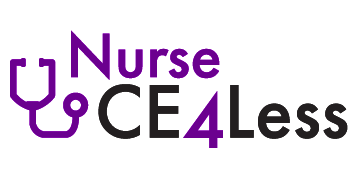Course Summary
Implicit bias in healthcare has been described as a fragmented area of research and there is an evolving area of medical and educational approaches to train physicians and nurses on how to recognize, reflect and change implicit bias to avoid harm to patients. In the United States and worldwide, there is a growing awareness of bias in healthcare and of improved approaches to manage it with specific individuals and with whole populations. By increasing awareness of implicit bias in a safe and supportive learning environment, health clinicians can learn and practice making conscious efforts to change by developing new approaches to understanding diversity in the patient population, avoiding patterns of preferential treatment and disregard of a patient based on race, ethnicity, gender identity, age, disability, sexual orientation or other characteristics. Available tools, such as the Implicit Association Test (IAT) helps health clinicians to recognize implicit bias and to begin the task of change.
Course Format
Homestudy
Course Syllabus
- Introduction
- Implicit Bias: A Common Phenomenon
- Detecting and Measuring Implicit Bias
- Healthcare Settings and Workplace Conditions
- Work Conditions
- Implicit Bias and Surgical Nurses
- Implicit Bias and Oncologists
- Race
- American Indians
- Children
- LGBT+
- Obesity
- Consequences of Bias
- Reducing Implicit Bias in Healthcare
- Non-threatening Learning
- Situational Awareness and Mindfulness
- Implicit Association Test (IAT)
- Habit Replacement
- Skill-based Programs
- Joint Commission Recommendations
- Institute for Healthcare Improvement
- Group Discussions
- Case Study: Implicit Bias Based on Race
- Discussion
- Summary
Author
Dana Bartlett, RN, BSN, MSN, MA, CSPI
Dana Bartlett is a professional nurse and author. His clinical experience includes 16 years of ICU and ER experience and over 27 years as a poison control center information specialist. Dana has published numerous CE and journal articles, written NCLEX material, textbook chapters, and more than 100 online CE articles, and done editing and reviewing for publishers such as Elsevier, Lippincott, and Thieme. He has written widely on the subject of toxicology and was a contributing editor, toxicology section, for Critical Care Nurse journal. He is currently employed at the Connecticut Poison Control Center. He lives in Wappingers Falls, NY.


